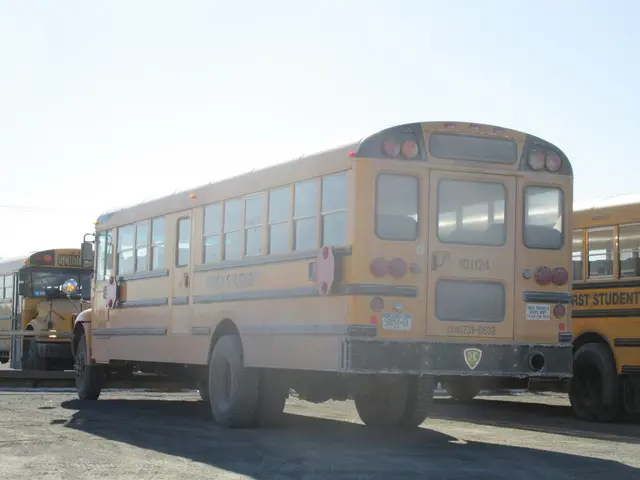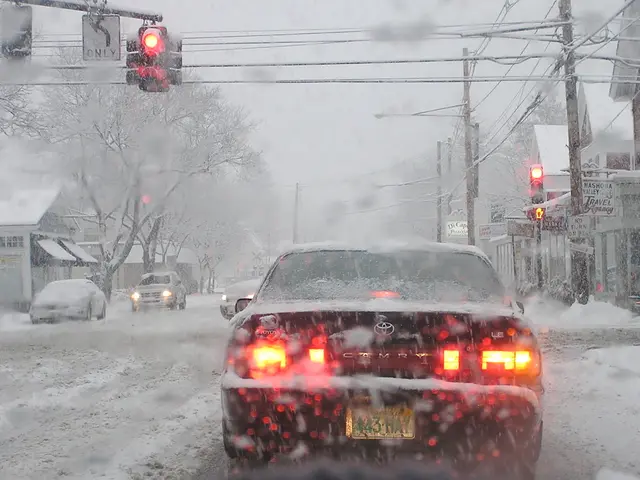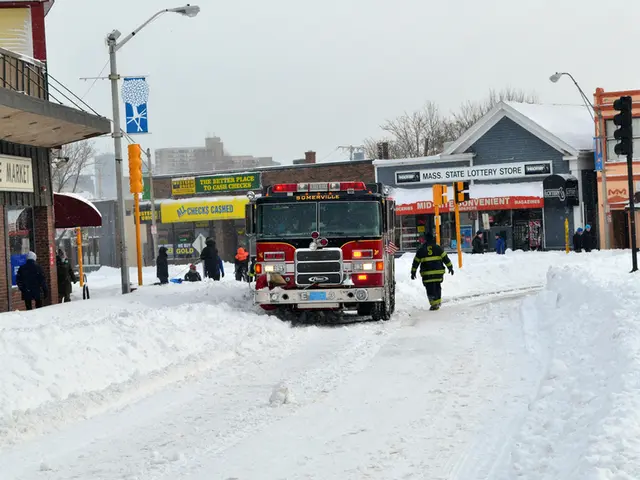The skies can sometimes become an unwelcome roller coaster for even seasoned pilots, with turbulence turning a five-minute flight into what feels like an eternity. While minor turbulence might only result in a bumpy ride, more severe episodes can lead to injuries and even structural damage to aircraft.
According to the Federal Aviation Administration (FAA), turbulence is the primary cause of non-fatal injuries in aviation incidents in the U.S. The National Transportation Safety Board (NTSB) also lists turbulence as the most common cause of accidents today. Turbulence costs U.S. airlines between 300 to 500 million dollars annually due to injuries, delays, and damage.
"There's a scale for the intensity of turbulence," explains Professor Paul Williams, an atmospheric science expert at the University of Reading in the UK. "You have light turbulence that barely feels like a bump, and the food cart can continue rolling. But, you might find it challenging to move around. Moderate turbulence is when the seatbelt sign comes on, and you feel a jolt. Heavy turbulence is when you're held to your seat, and if you're not buckled up, you can be thrown around the cabin. These strong turbulences can cause severe injuries, such as broken bones."
Unfortunately, 65,000 flights in the U.S. experience mild turbulence each year, and 5,500 flights encounter severe turbulence. These numbers may rise due to climate change affecting turbulence patterns [1].
"We've conducted some computer simulations and found that severe turbulence could double or even triple in the next few decades," shares Williams, who has been researching this topic since 2013. His findings were later confirmed by observations of a type of turbulence called "clear-air turbulence" or "clear-air turbulence in calm weather" which does not have visual indicators like storms or clouds. This turbulence can strike suddenly and be challenging to avoid [1].
Nearly 30% of flights involving turbulence do not receive warnings from air traffic control, according to the NTSB. Williams' analysis predicts that clear-air turbulence will significantly increase worldwide by 2050 to 2080, especially on heavily trafficked routes, with strong turbulences affecting them most [1].
While turbulence might be alarming, it doesn't necessarily make flying less safe. Aviation regulators and manufacturers have strict guidelines for aircraft to withstand even severe turbulence. What's concerning is the rising frequency and duration of turbulence events.
"Turbulence is likely to become more common and last longer, especially on long-haul flights," says Williams. "In a few decades, we might see turbulence still affecting us for 20 minutes or even an hour. Unfortunately, the seatbelt sign on many planes is likely to flash more frequently."
There is no separate enrichment data section – the information is integrated throughout the rewritten text.
[1] Source: National Center for Atmospheric Research







